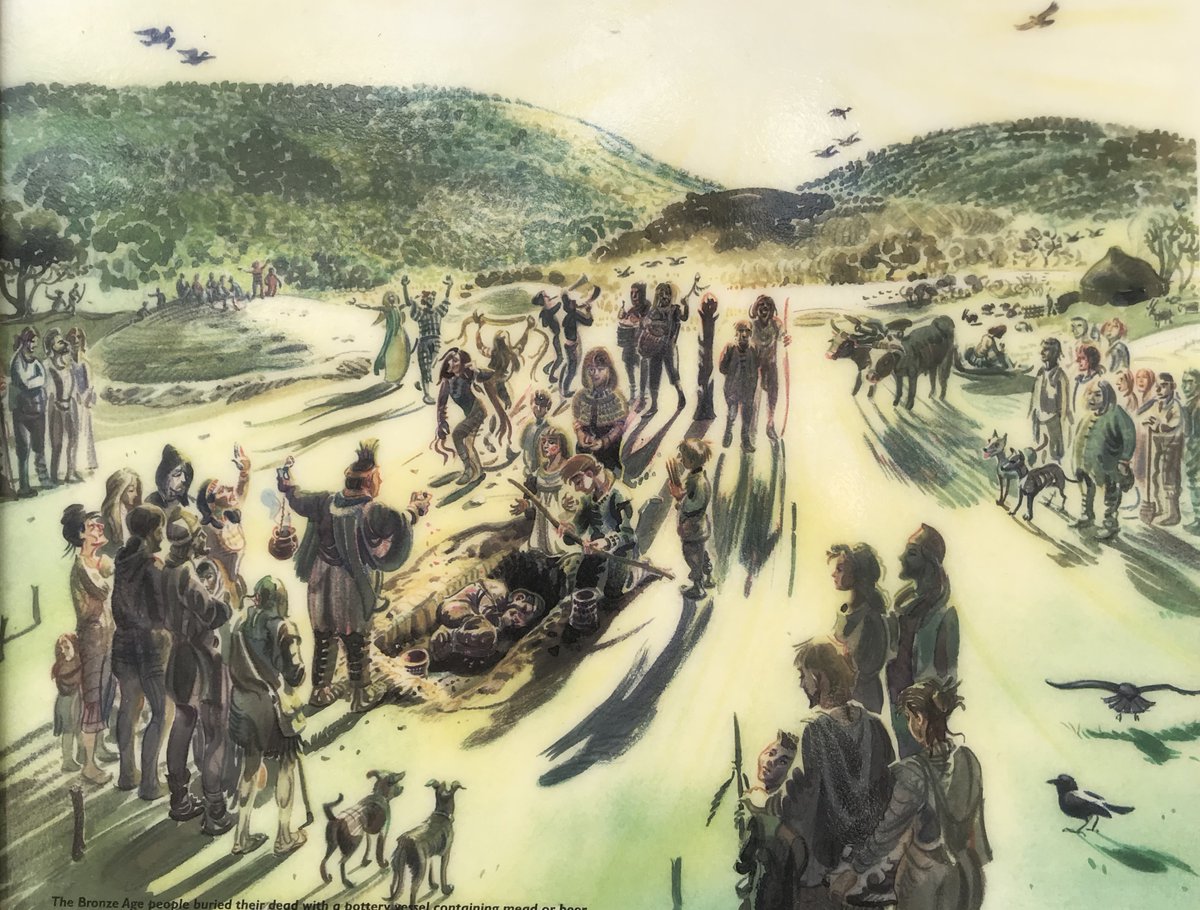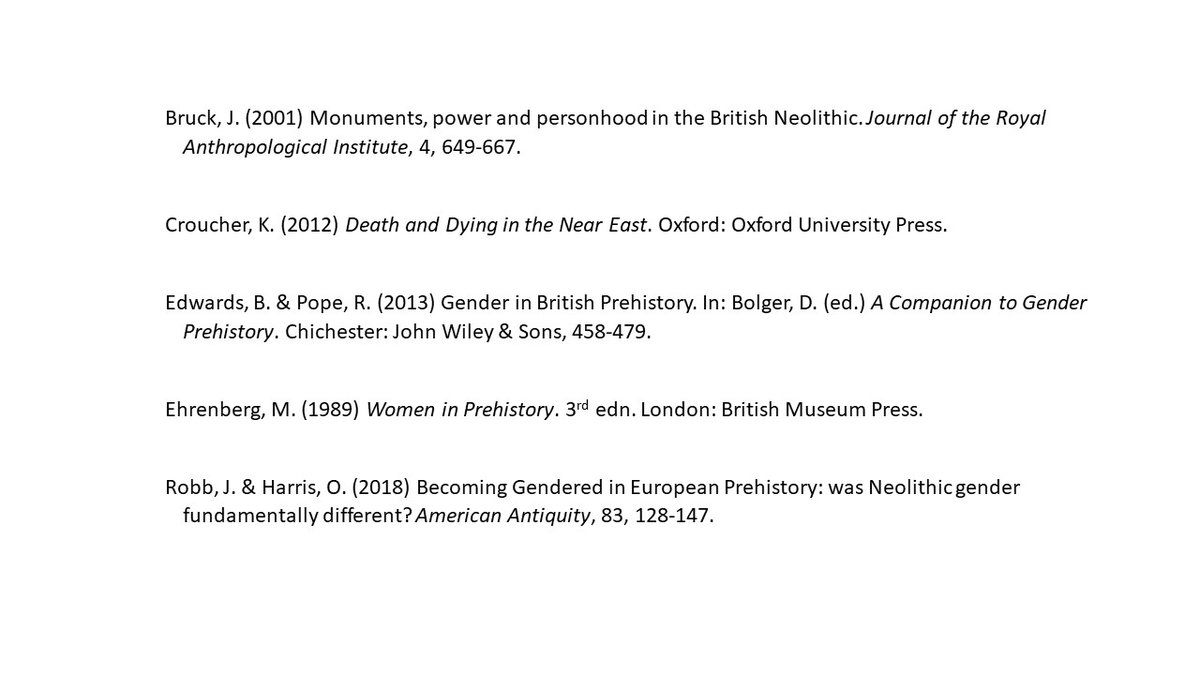#Archaeology31 Short thread on #gender in prehistory.
It is generally accepted that biological sex, which can be estimated from skeletal remains, may differ from gender which is a person's social identity arising from the significance placed upon those biological differences 1/7
It is generally accepted that biological sex, which can be estimated from skeletal remains, may differ from gender which is a person's social identity arising from the significance placed upon those biological differences 1/7
It is, however, increasingly recognised that the traditional view of a binary male/female biological sex is too simplistic to cover the variety of human experience, which is affected by many factors, such as genitalia, chromosomes and DNA 2/7
Evidence for gendered identities comes almost exclusively from the burial record in conjunction with the material culture of the period and is, therefore, limited in its ability to illuminate the identities and status of people in life 3/7
Furthermore, gender may have been experienced differently in the past as less important in defining identity than today. Factors like age, class, ethnicity, physical ability or disability, knowledge and skills may have been of greater or equal concern 4/7
Crucially, interpretative bias has long hampered the study of gender in prehistory, usually in favour of the male, due to the societal norms and interpretive frameworks prevalent at the time of investigation 5/7
Now, however, increasing awareness of these issues is enabling more balance in current interpretation and scrutiny of past conclusions. This is starting to lead to a better understanding of gender in past societies, although there is still a long way to go 6/7

 Read on Twitter
Read on Twitter



